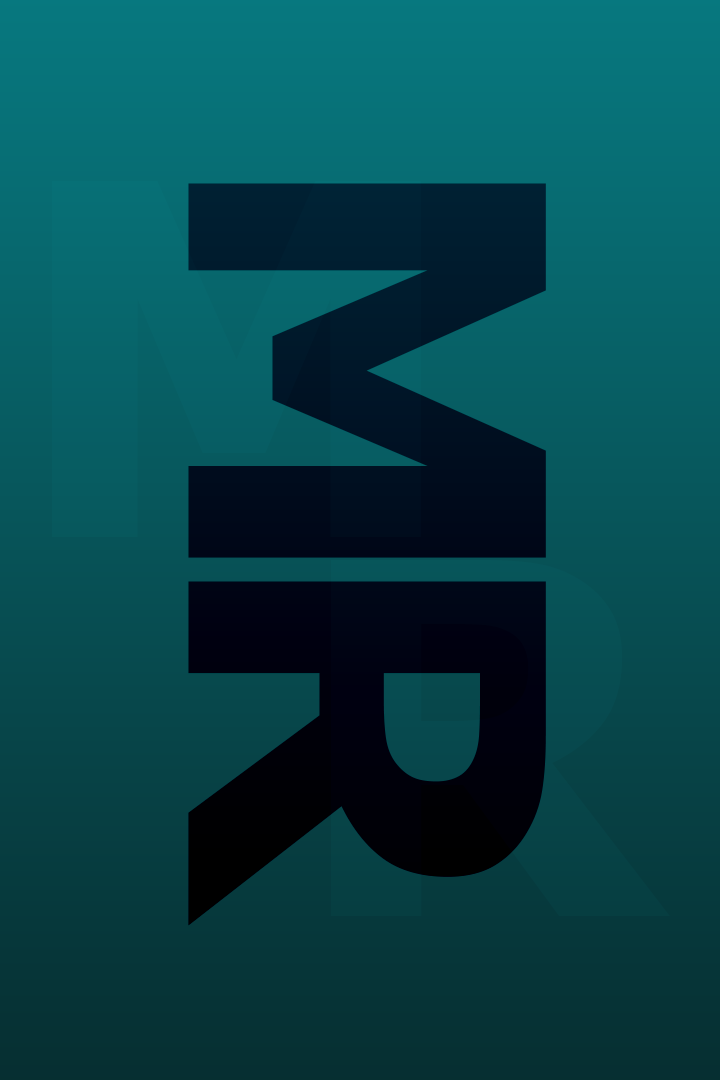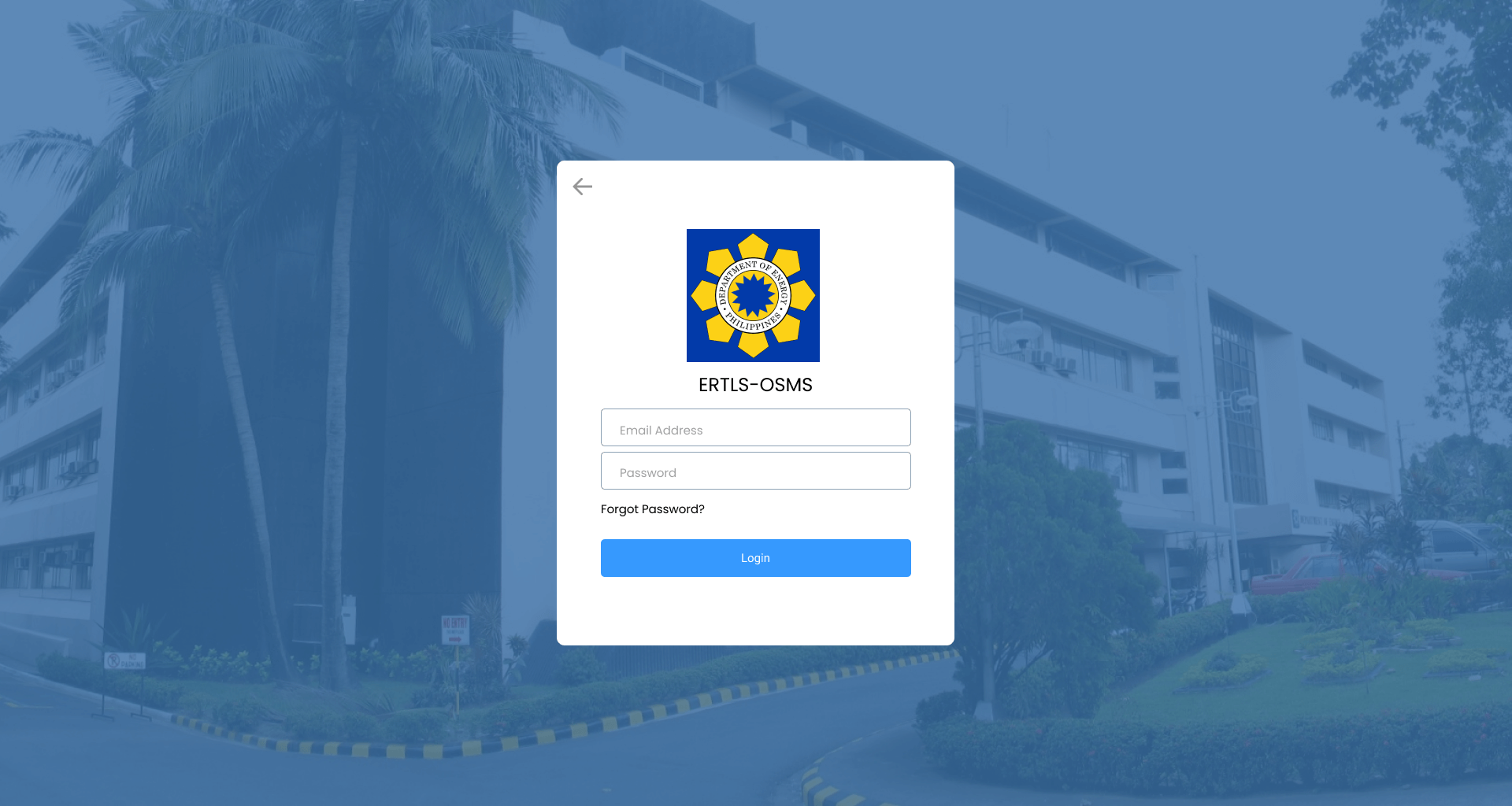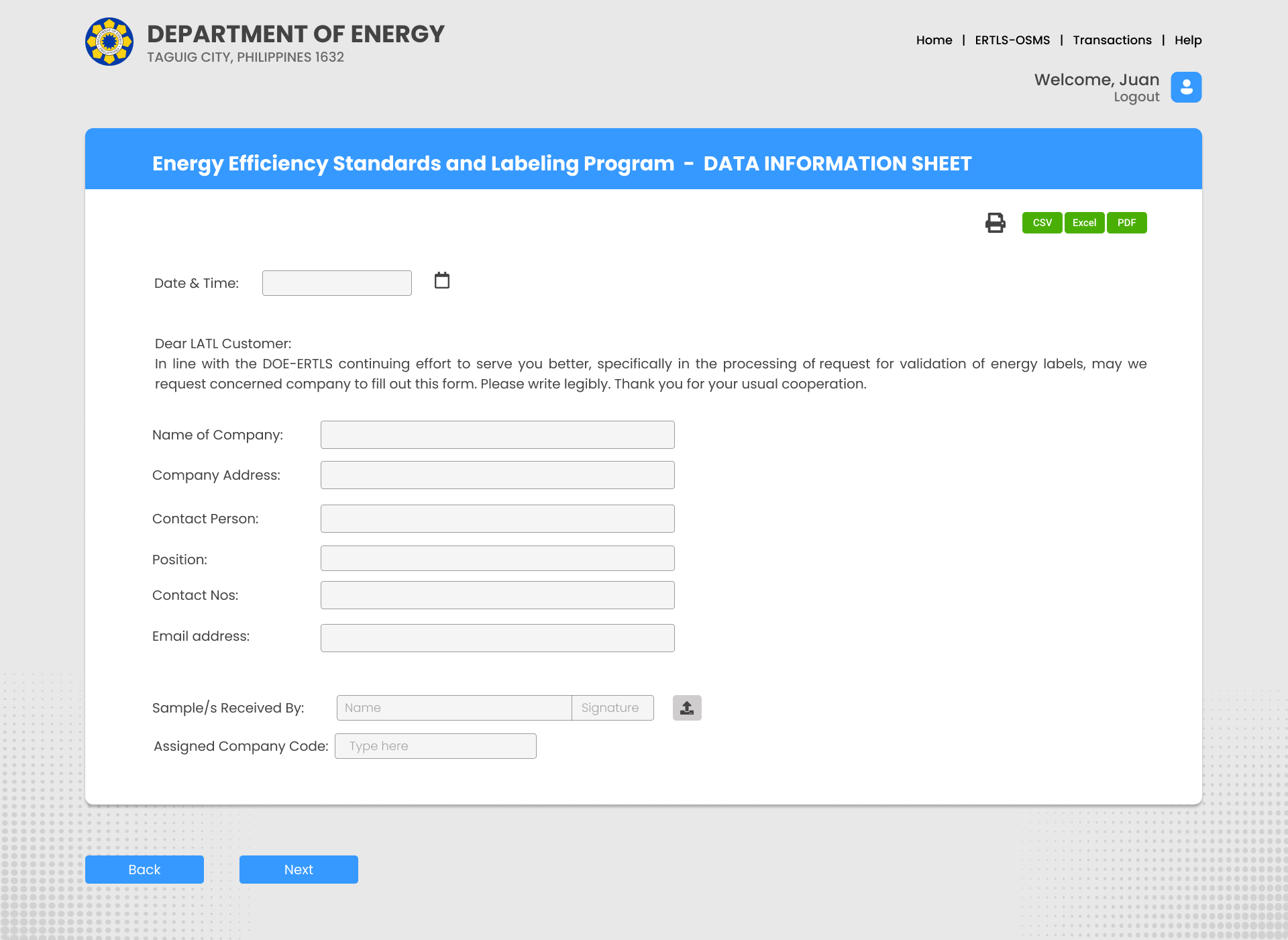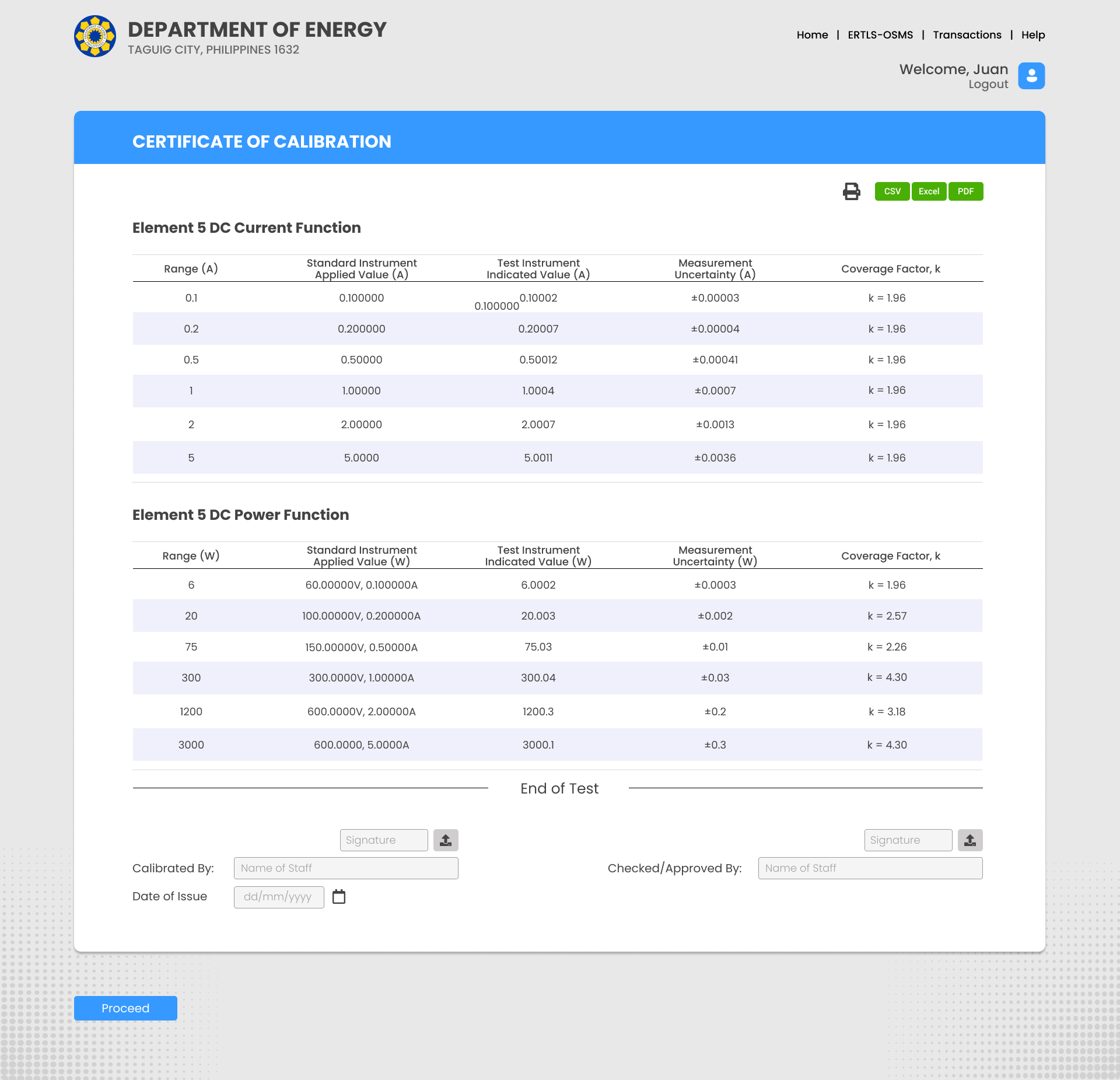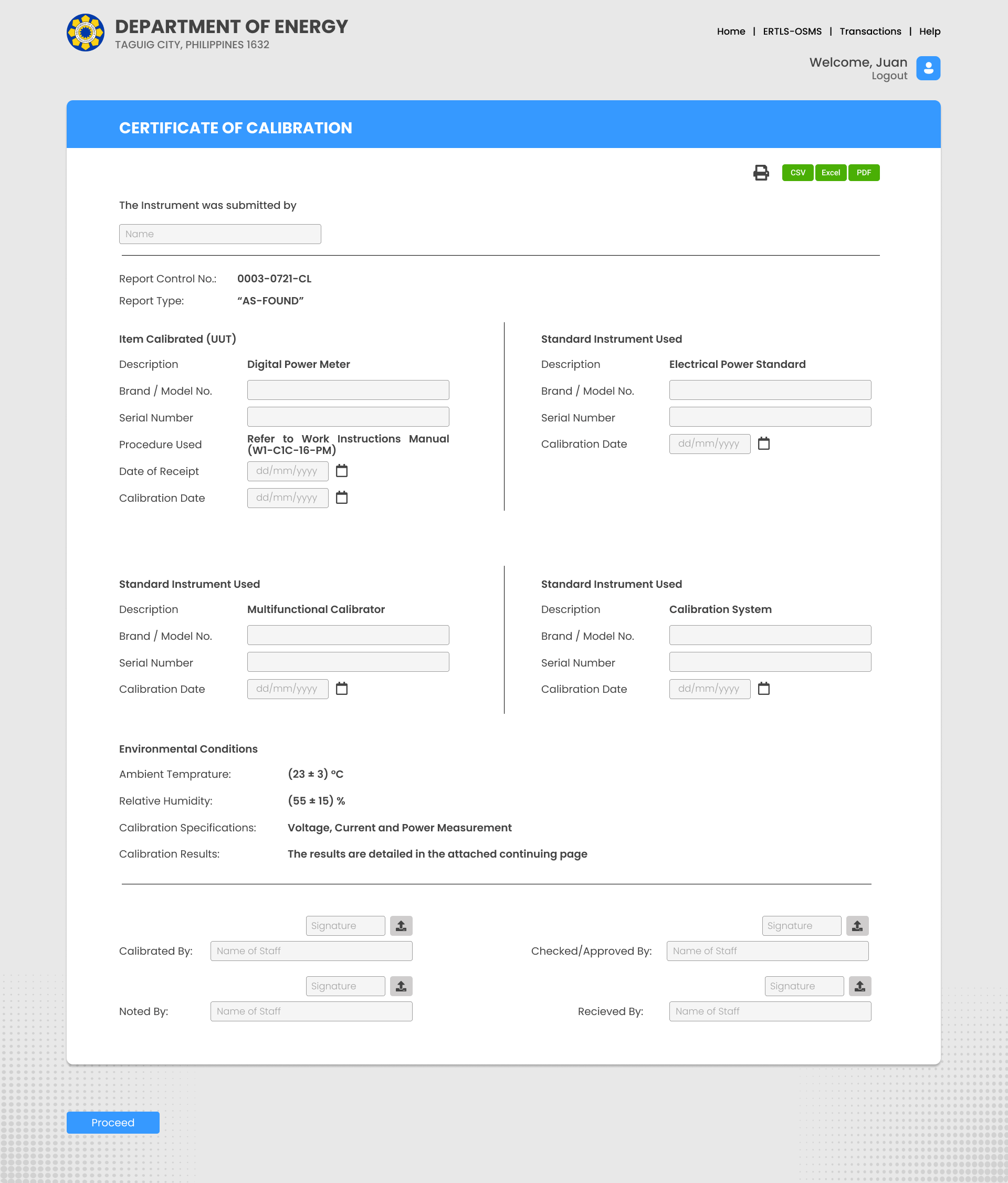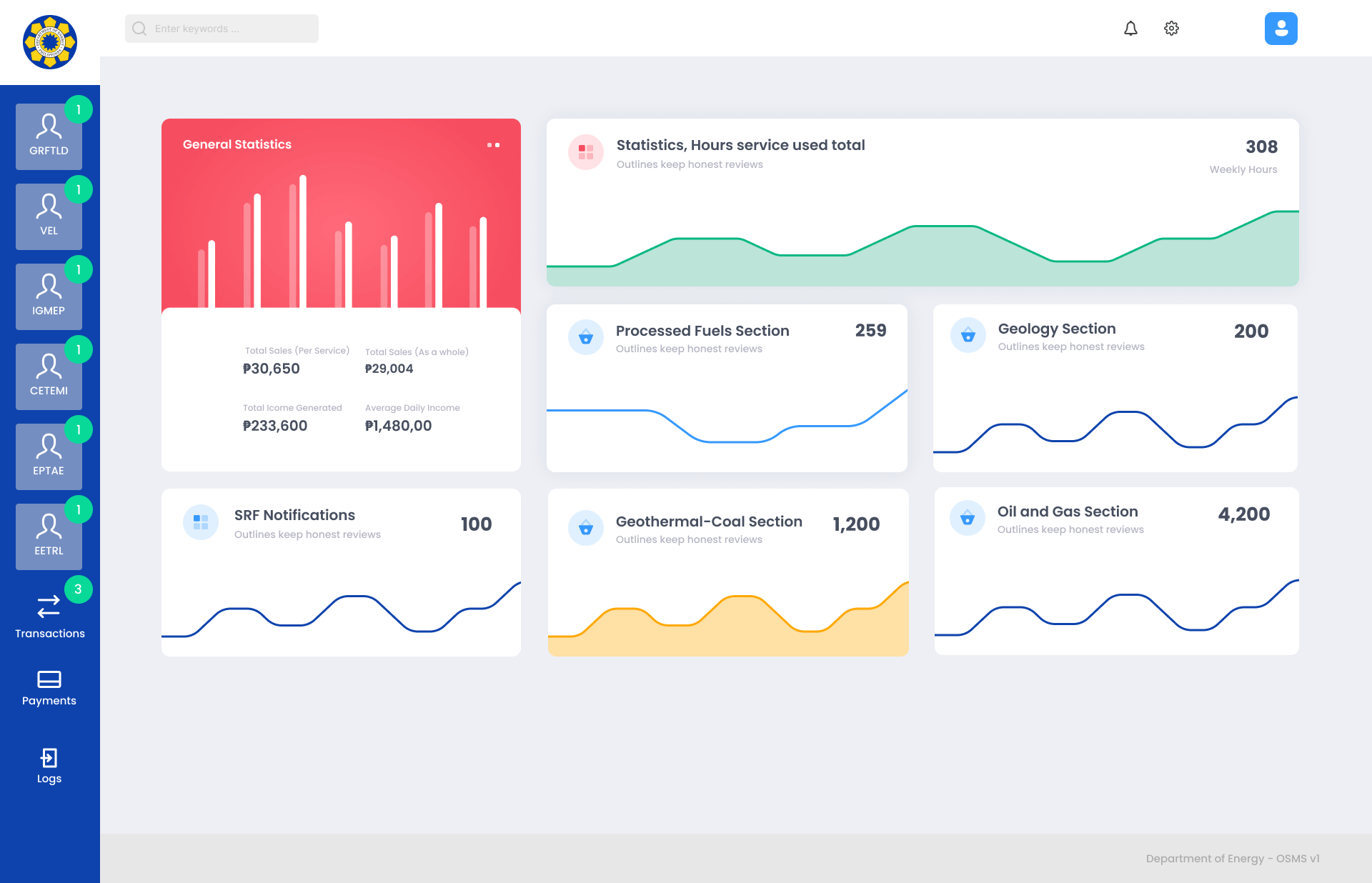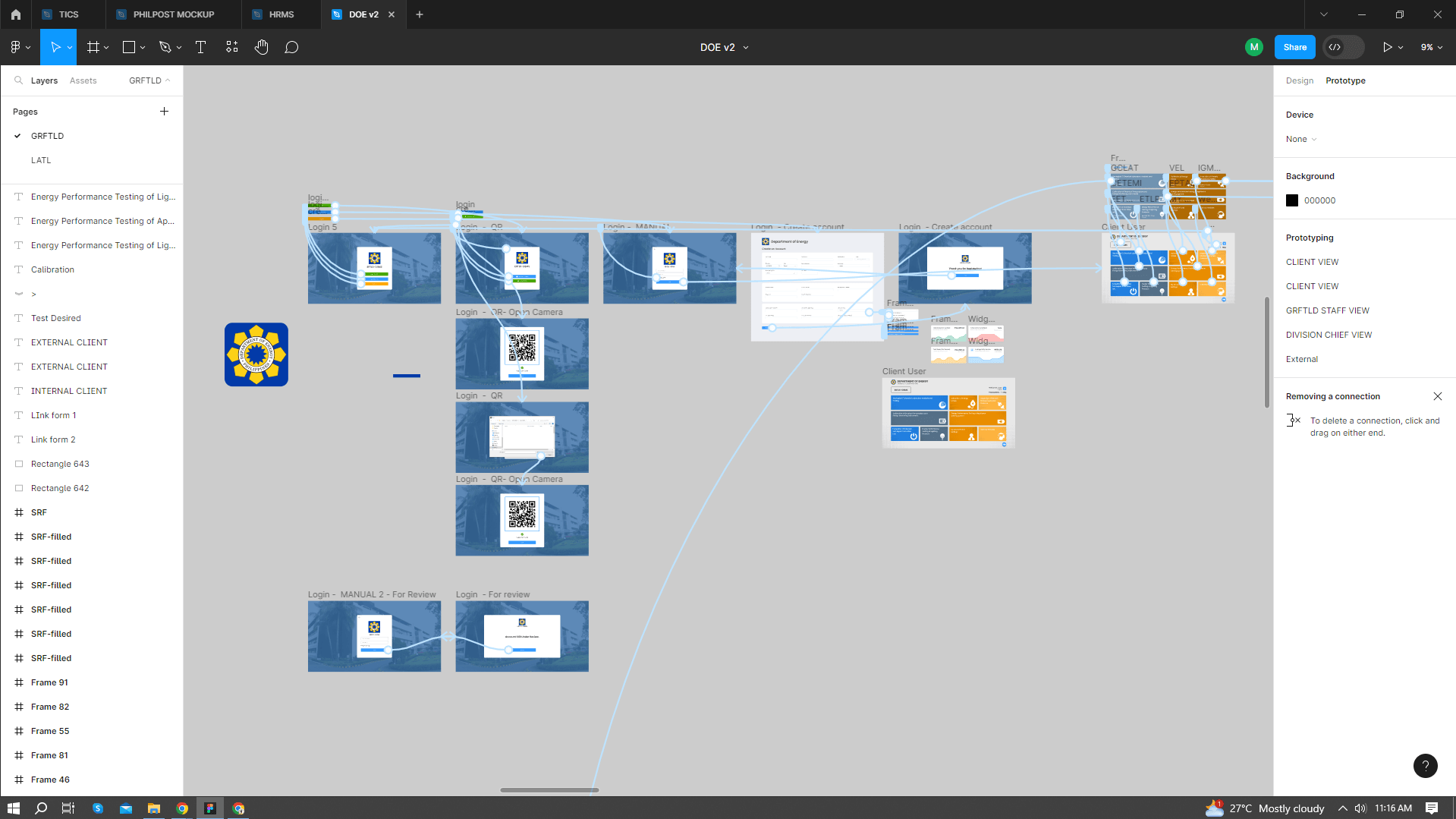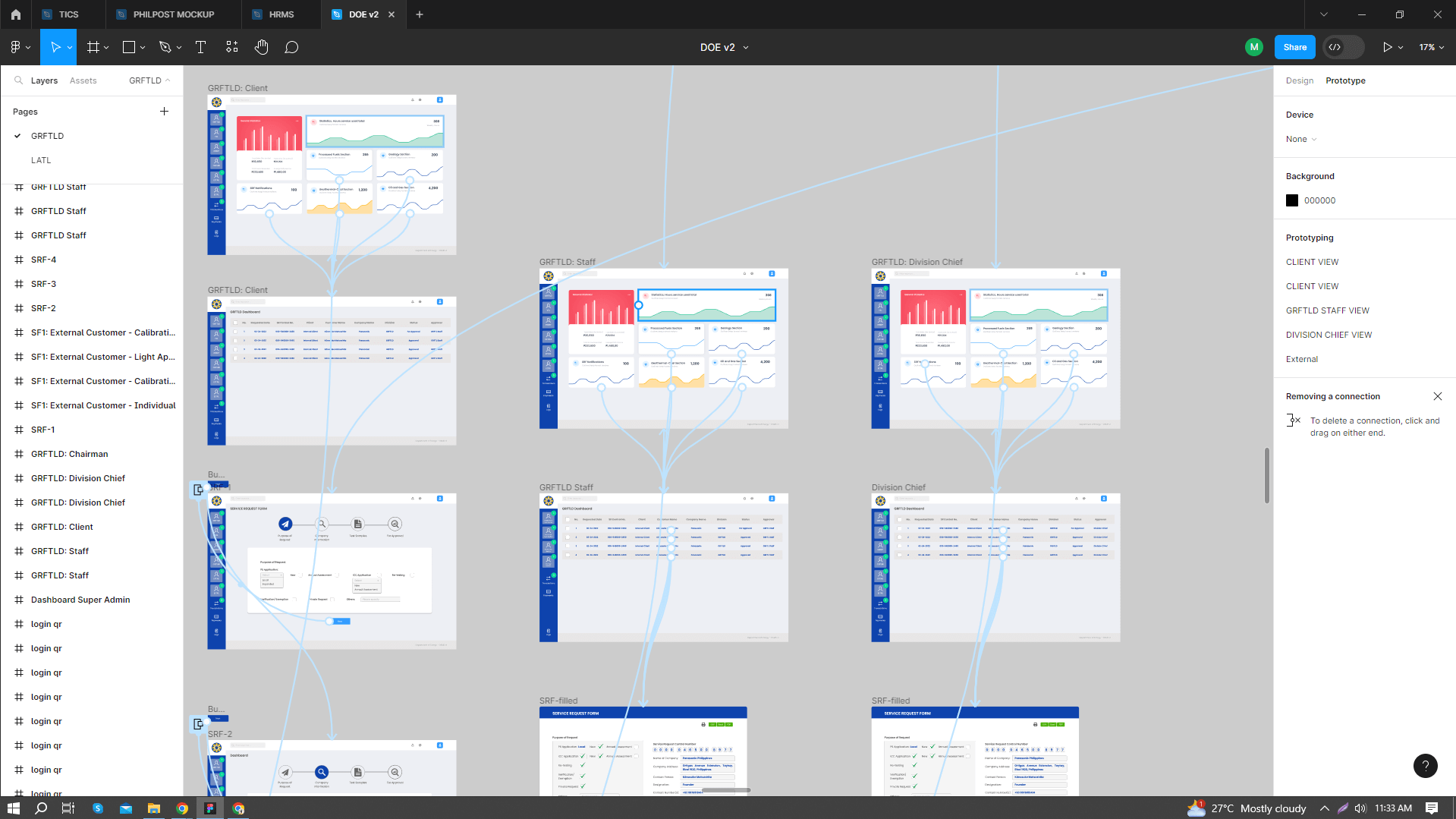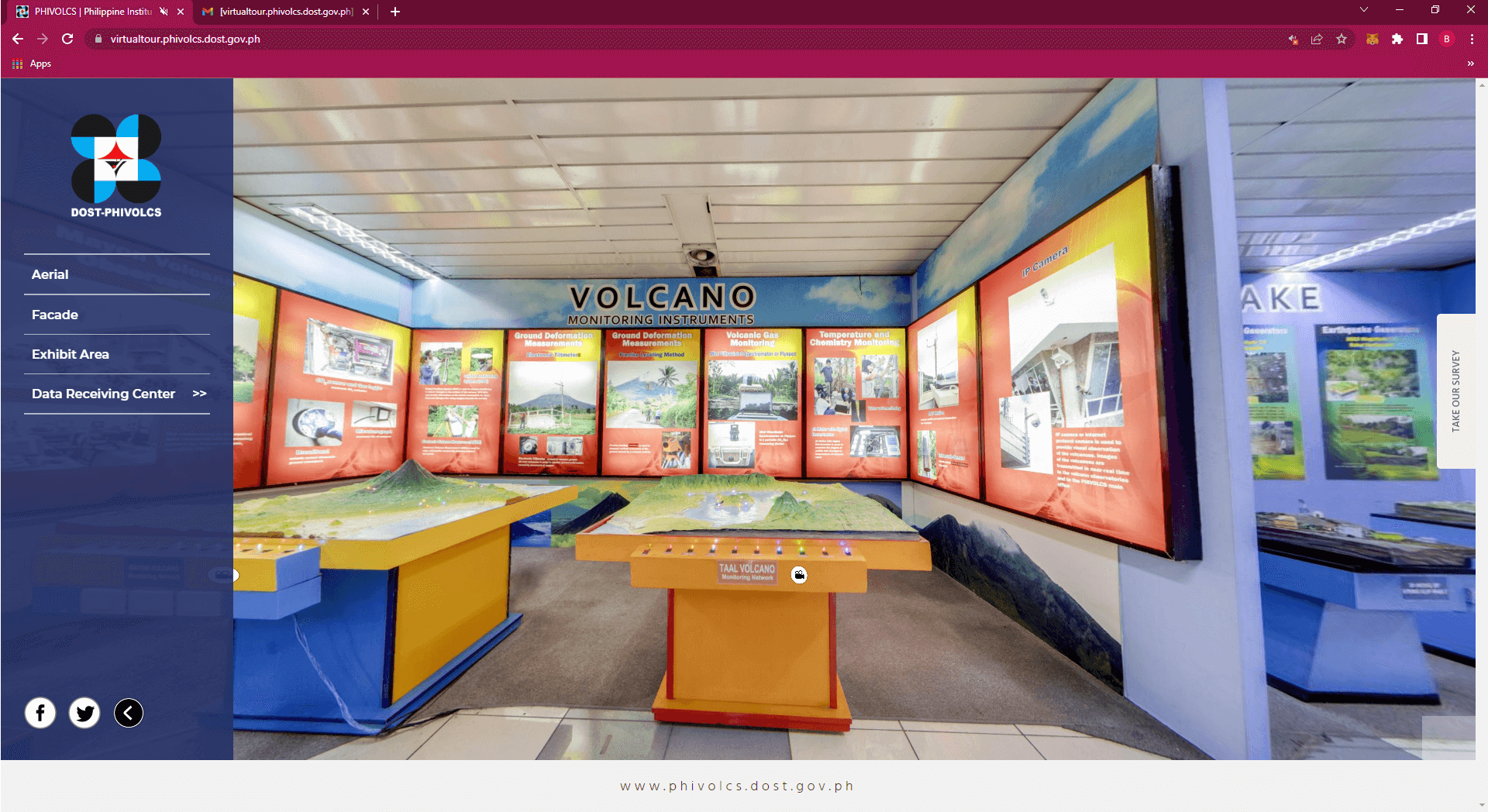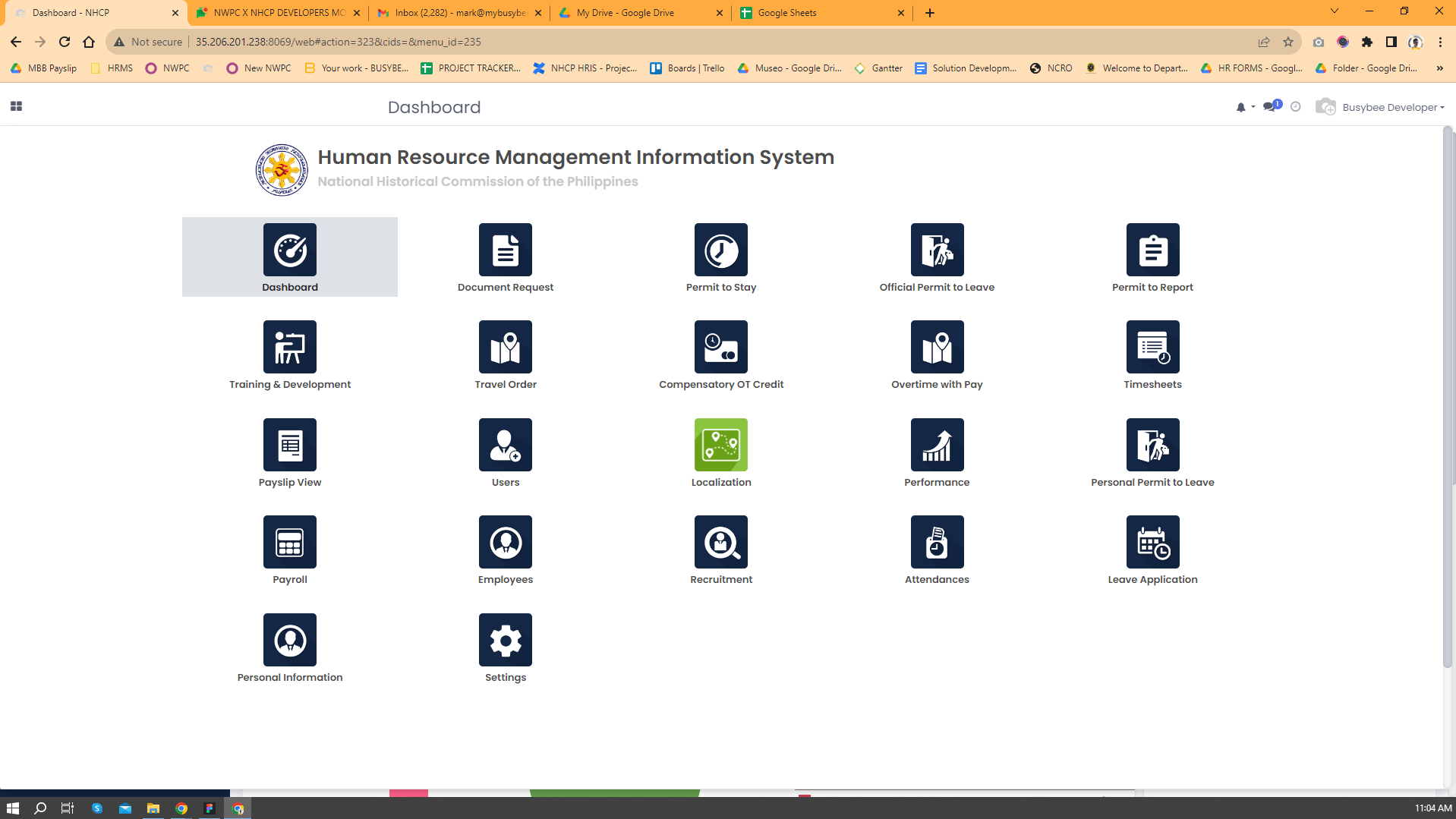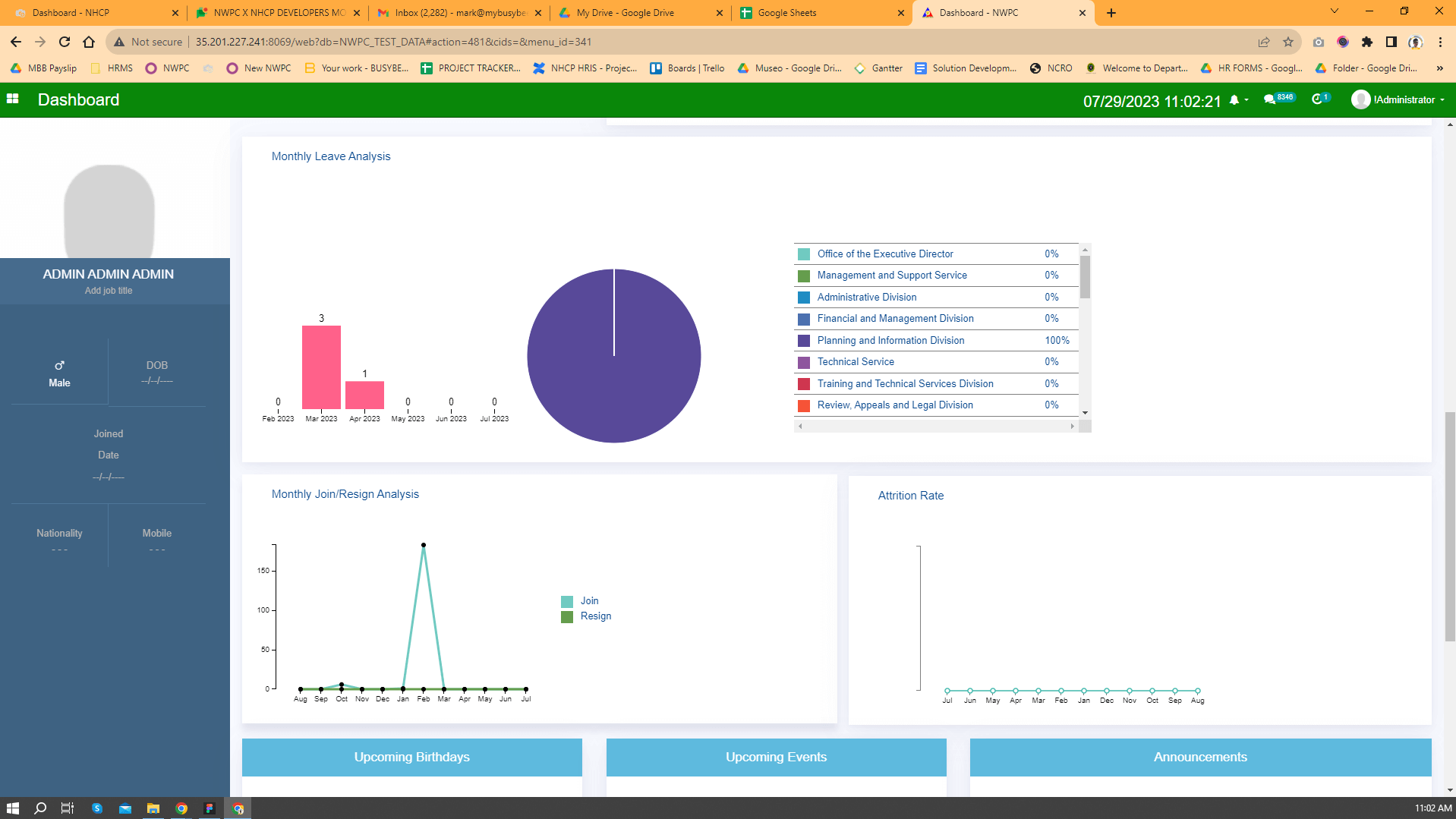Energy Research Testing Services – Online Services Management System (DOE-ERTLS OSMOS)
As the Project Manager for the DOE ERTLS-OSMOS project, I faced the challenge of integrating and streamlining the operations of two distinct divisions, the Geoscientific Research and Testing Laboratory Division (GRFTLD) and the Lighting and Appliance Testing Laboratory Division (LATLD). My ultimate goal was to create an efficient end-user platform that could accommodate the diverse services provided by both divisions.
In-Depth Understanding: The first step to success was gaining a comprehensive understanding of the processes and requirements of each division. I collaborated closely with key stakeholders from both GRFTLD and LATLD, conducting extensive interviews, workshops, and site visits. This in-depth knowledge allowed me to identify synergies, overlaps, and potential areas for improvement.
Clear Project Scope and Objectives: Based on the gathered insights, I developed a well-defined project scope and objectives in consultation with the stakeholders. We established the primary goal of creating an end-user platform that could cater to the geological/chemical laboratory analysis and testing services offered by GRFTLD and the energy-related testing and calibration services provided by LATLD.
Cross-Divisional Collaboration: Fostering collaboration between the two divisions was essential for success. I facilitated regular meetings and workshops where the teams from GRFTLD and LATLD could discuss their processes, challenges, and ideas openly. This not only improved communication but also encouraged a sense of unity and shared purpose among team members.
Agile Project Management: Given the complexity of the project and the evolving requirements, I adopted an agile project management approach. We broke down the project into smaller, manageable tasks, and each division had its designated scrum team responsible for their respective deliverables. This allowed for flexibility and adaptation to changing needs.
Integration of Services: A crucial aspect of the project was integrating the services offered by both divisions into a user-friendly platform. We collaborated with IT experts to design and develop an intuitive web-based application that could accommodate the diverse testing and calibration needs. The platform provided users with streamlined access to services, appointment scheduling, and result tracking.
Quality Assurance and Compliance: Ensuring the accuracy and reliability of test results was of utmost importance. I worked closely with the quality assurance teams from both divisions to establish standardized protocols, calibration procedures, and validation processes. Additionally, we ensured that the platform complied with industry standards and regulatory requirements.
Training and Support: Rolling out the new end-user platform required extensive training and support for the staff. I organized comprehensive training sessions and provided user manuals to guide the teams through the platform's functionalities. Additionally, a dedicated support team was set up to address any technical issues or queries during the transition period.
Continuous Improvement: The success of the project didn't end with the platform's launch. I encouraged a culture of continuous improvement, where feedback from end-users and stakeholders was actively sought and implemented. Regular post-implementation reviews helped identify areas for enhancement and optimization.
In conclusion, the success of the DOE ERTLS-OSMOS project was a result of effective communication, collaboration, and a well-executed project management strategy. By fostering unity between the Geoscientific Research and Testing Laboratory Division and the Lighting and Appliance Testing Laboratory Division, we created an efficient end-user platform that streamlined operations and enhanced the overall testing and calibration services provided by the Department of Energy.

